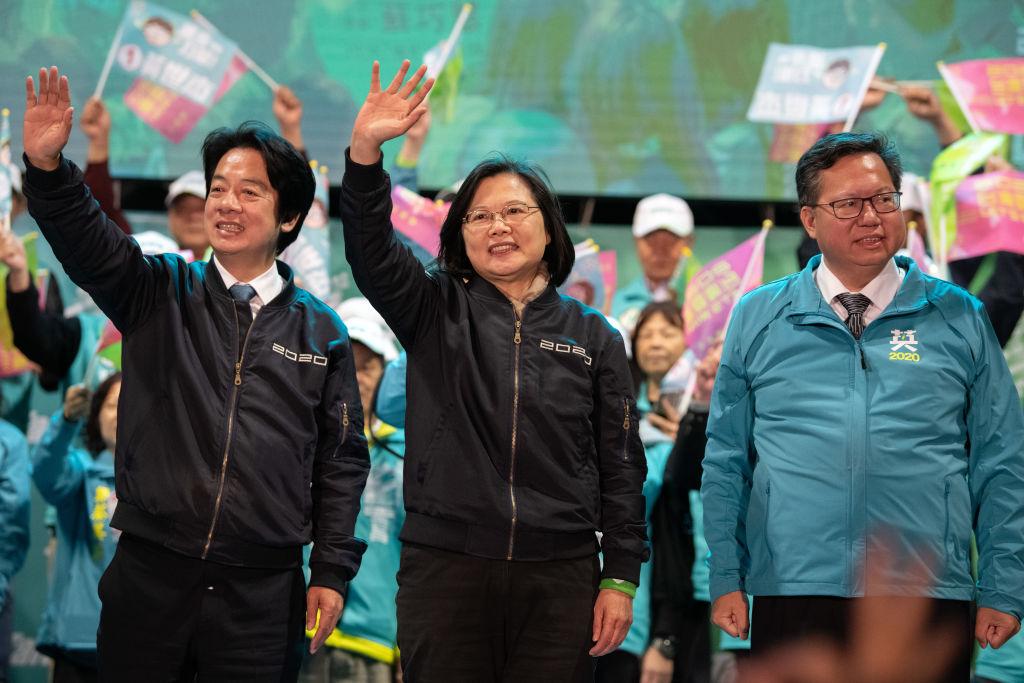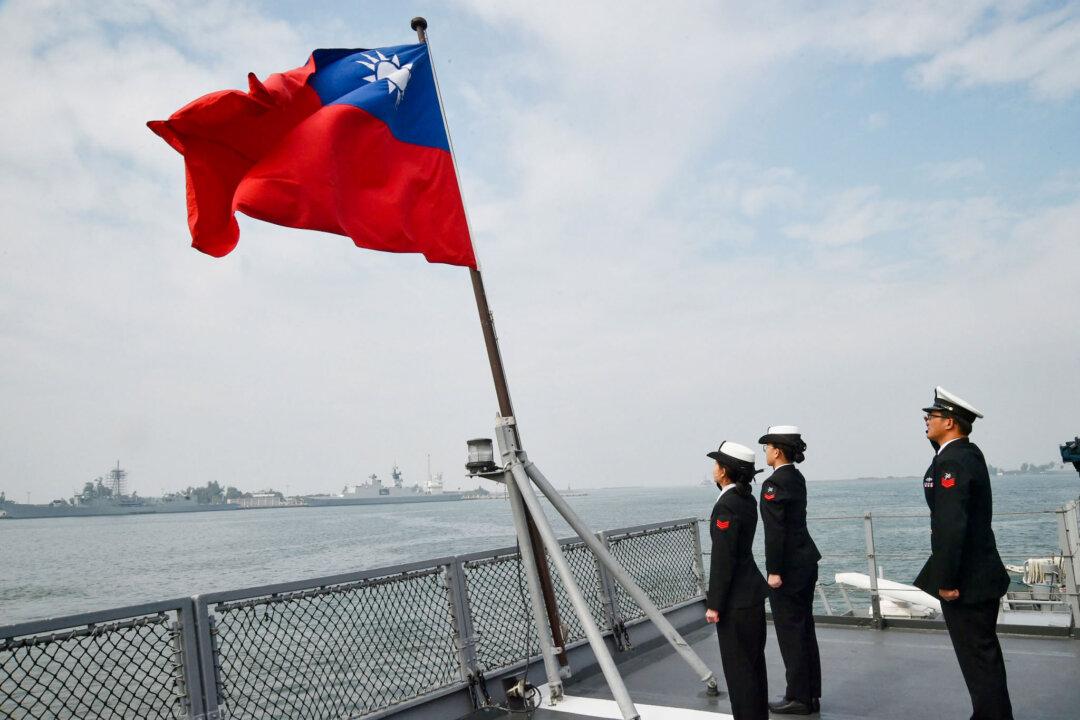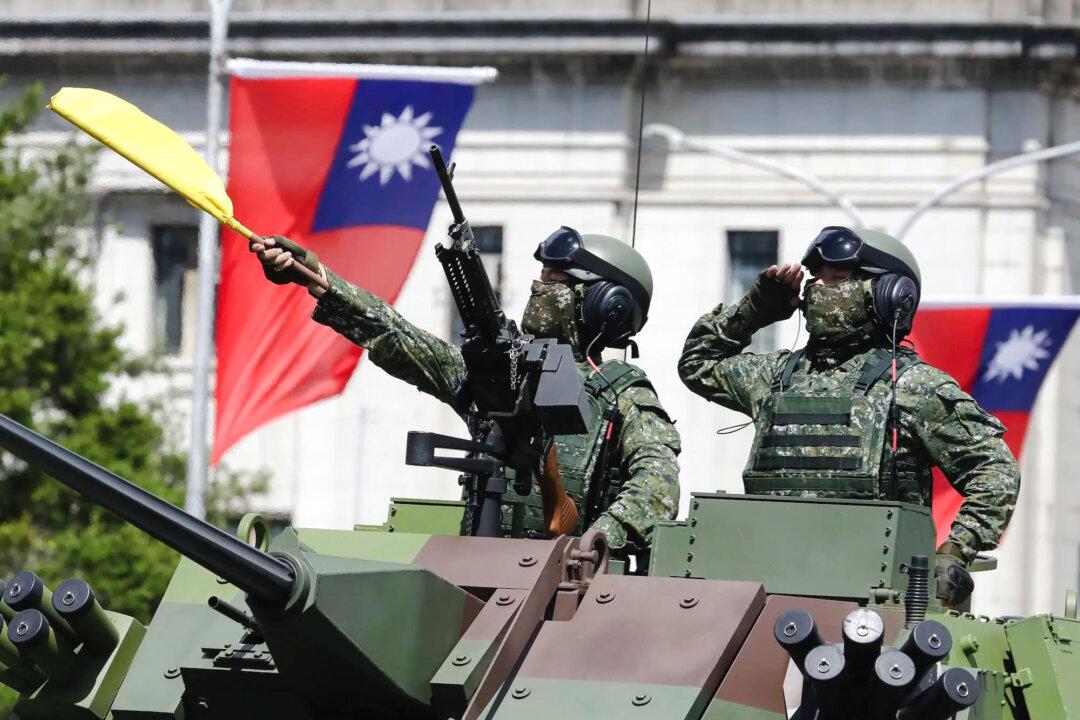TAIPEI, Taiwan—With just days left before the island holds its presidential election, China’s efforts to influence the outcome are being closely monitored by Taiwanese authorities and experts.
On Jan. 11, Taiwanese citizens will elect a new president and vice president, as well as 113 representatives to the island nation’s parliament, known as the Legislative Yuan.
Influencing Taiwan’s politics has long been part of the Chinese regime’s infiltration strategy, in the hopes of eventually annexing Taiwan, which it views as part of its territory, despite the island being a full-fledged democracy with its own military, currency, and constitution. Meanwhile, Beijing has never renounced the use of military force to unite the island.
The Chinese regime’s goal is to have pro-Beijing candidates elected into public office so that they can push policies promoting economic and cultural integration with China, and eventually influence public opinion to accept unification with the mainland.
In 2018, Kuomintang (KMT) candidates, on platforms promoting closer ties with Beijing, scored a landslide victory, in elections for city, county, town, and village officials, against the ruling Democratic Progressive Party (DPP). At the time, KMT candidate Han Kuo-yu, against expectation, won the mayoral seat in Kaohsiung, a southern city long considered a DPP stronghold.
Han is now the KMT presidential candidate. He currently trails in polls behind Taiwan President Tsai Ing-wen, who is running for reelection as the DPP candidate.
Many analysts predict that Tsai will win, as her popularity has been boosted by ongoing Hong Kong protests, which ignited in June over Beijing’s encroachment on the city’s autonomy. Many Taiwanese see Tsai as someone who can better safeguard the island’s sovereignty against China’s influence.
However, the Legislative Yuan races are harder to call.
Economic Pull
J. Michael Cole, senior fellow at the Washington-based nonprofit Global Taiwan Institute, attributed the 2018 KMT victory in part to the Chinese regime’s sustained disinformation campaign.
He said Beijing’s disinformation succeeded in promoting the idea that economic ties with mainland China would improve Taiwanese people’s livelihood.
The same disinformation campaign is “definitely happening in the lead-up to the 2020 election,” said Cole in an email interview with The Epoch Times.
Taiwan’s economy has long been a key issue in local elections. Han has also played up the economy card to woo voters during his 2020 campaign.
For example, a day after Beijing announced 26 sweetener policies to encourage Taiwanese firms to invest in the Chinese market, Han’s campaign office spokesperson said it welcomed the “26 measures.” The spokesperson said that it was “advantageous” for Chinese government measures to improve its investment environment for Taiwanese businesses.
The “26 measures” include allowing Taiwanese citizens to seek protection and assistance at Chinese consulates around the world, and permitting Taiwanese companies to participate in China’s research and development of the 5G next-generation wireless technology.
Then, at a campaign rally on Nov. 23, Han said that 3 1/2 years of DPP rule has made life more challenging for Taiwanese.
Tsai had criticized the “26 measures,” saying that Beijing pushed them forward as part of its strategy to eventually realize its goal of ruling Taiwan under “one country, two systems,” the model Beijing has used to rule Hong Kong since the city’s handover in 1997, according to local daily Liberty Times.
Cole said that in the 2020 campaign, there have been “large volumes of disinformation about Taiwan’s economy defying actual numbers and portraying the embrace of the so-called ‘1992 consensus’ as a remedy to all this. This dovetails with China offering incentives and various measures to entice young Taiwanese and depict China as the solution to all their economic ills.”
Under the “1992 Consensus,” Taipei and Beijing agreed that there is “one China,” but both sides can interpret what the “one China” is.
Most recently, Chinese leader Xi Jinping, at a gathering of China’s People’s Political Consultative Conference (CPPCC) on Dec. 31, pledged to promote the “1992 consensus” as the basis for peaceful development of a cross-strait relationship, according to state-run media Xinhua.
On the following day, Tsai stated that “China is using the ‘1992 consensus’ to hollow out the Republic of China [official name for Taiwan]. So, we should be more firm in safeguarding our sovereignty.”
Some KMT candidates directly adopt Beijing’s rhetoric in their campaigns. On Dec. 13, local newspaper Liberty Times reported that Lai Shyh-bao, a KMT candidate running for Legislative Yuan in a Taipei district, put up a campaign banner with the words: “92 Consensus, Fight for the Economy.” His campaign calls for closer ties with Beijing to uplift Taiwan’s economy.





